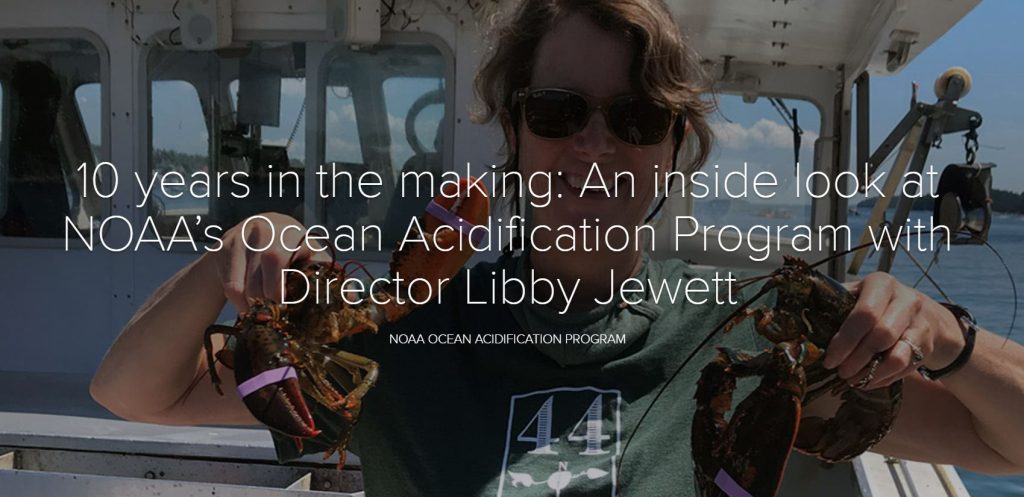Letter of Intent due October 14, 2021 and full applications January 19, 2022.
NOAA’s National Centers for Coastal and Ocean Science Competitive Research Program (NCCOS/CRP) and Ocean Acidification Program (OAP) are pleased to announce a Fiscal Year 2022 Notice of Funding Opportunity (NOFO) for Integrated Research on Coastal and Ocean Acidification (OA) and Harmful Algal Blooms (HABs).
NOAA is soliciting proposals to address the science needs identified in the Ocean Acidification and Harmful Algal Blooms: Defining a Research Agenda virtual workshop held in August 2020 (Website and Report). Proposals should address the growing need to understand interactions between OA and HABs and their cascading impacts to US coastal and Great Lakes ecosystems, communities, and economies to inform management decisions.
View the full announcement here
Letter of Intent due October 14, 2021 and full applications January 19, 2022. Read More »



